5 sleeping bag alternatives for savvy campers
Looking for sleeping bag alternatives for car camping or backpacking? We have some sleep solutions for your next overnight
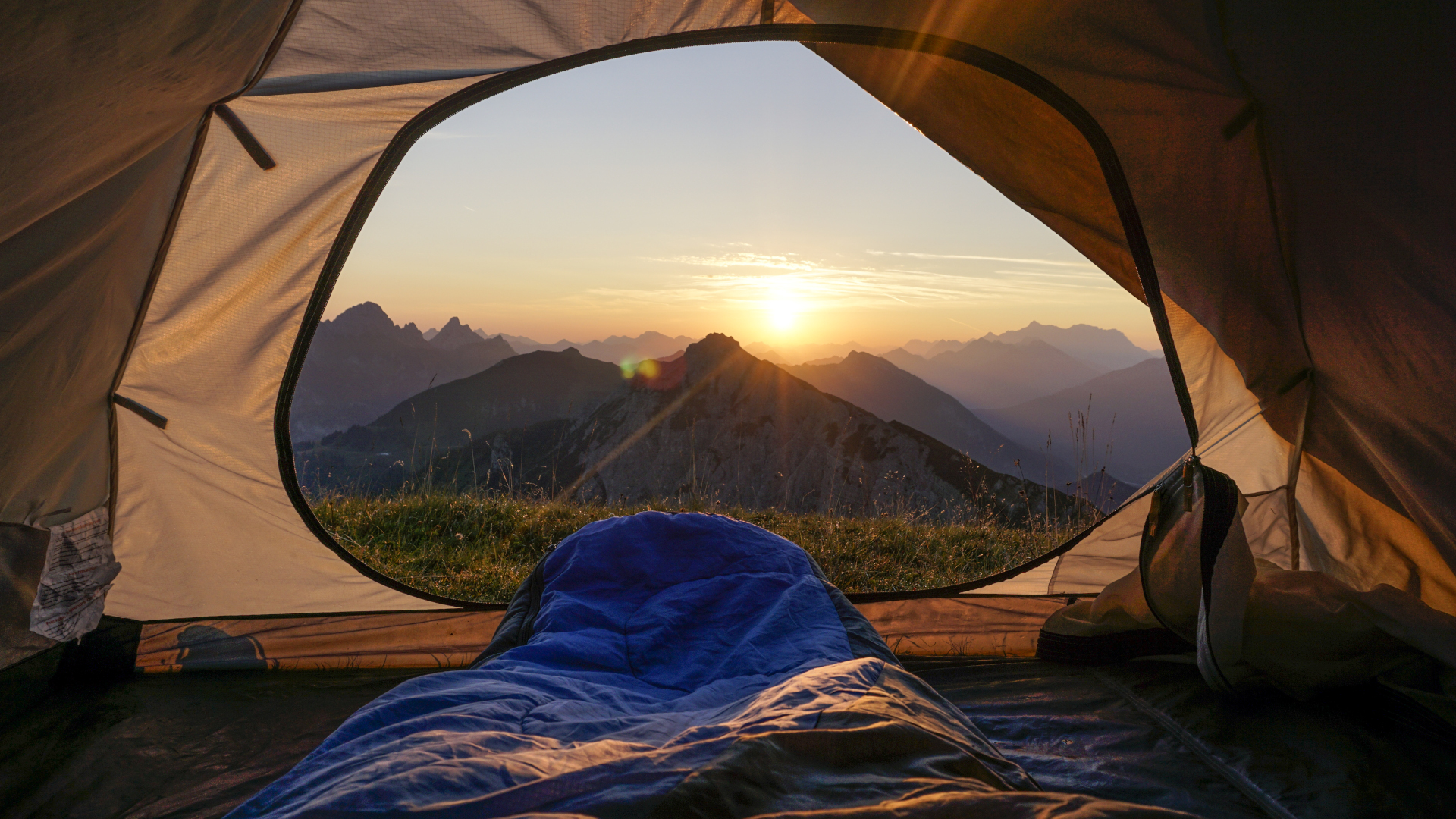
Sleeping bag alternatives? That can’t possibly be a thing, can it? No matter what type of camping you’re doing, the almighty sleeping bag seems like the one absolutely essential piece of kit that you simply cannot go without. You might be able to build a natural shelter using tree branches and a tarp or make a mattress out of a pile of leaves but surely you need a sleeping bag? After all, it provides crucial insulation against the cold and a little welcome cushioning in an activity that’s not exactly known for its exceptional comfort.
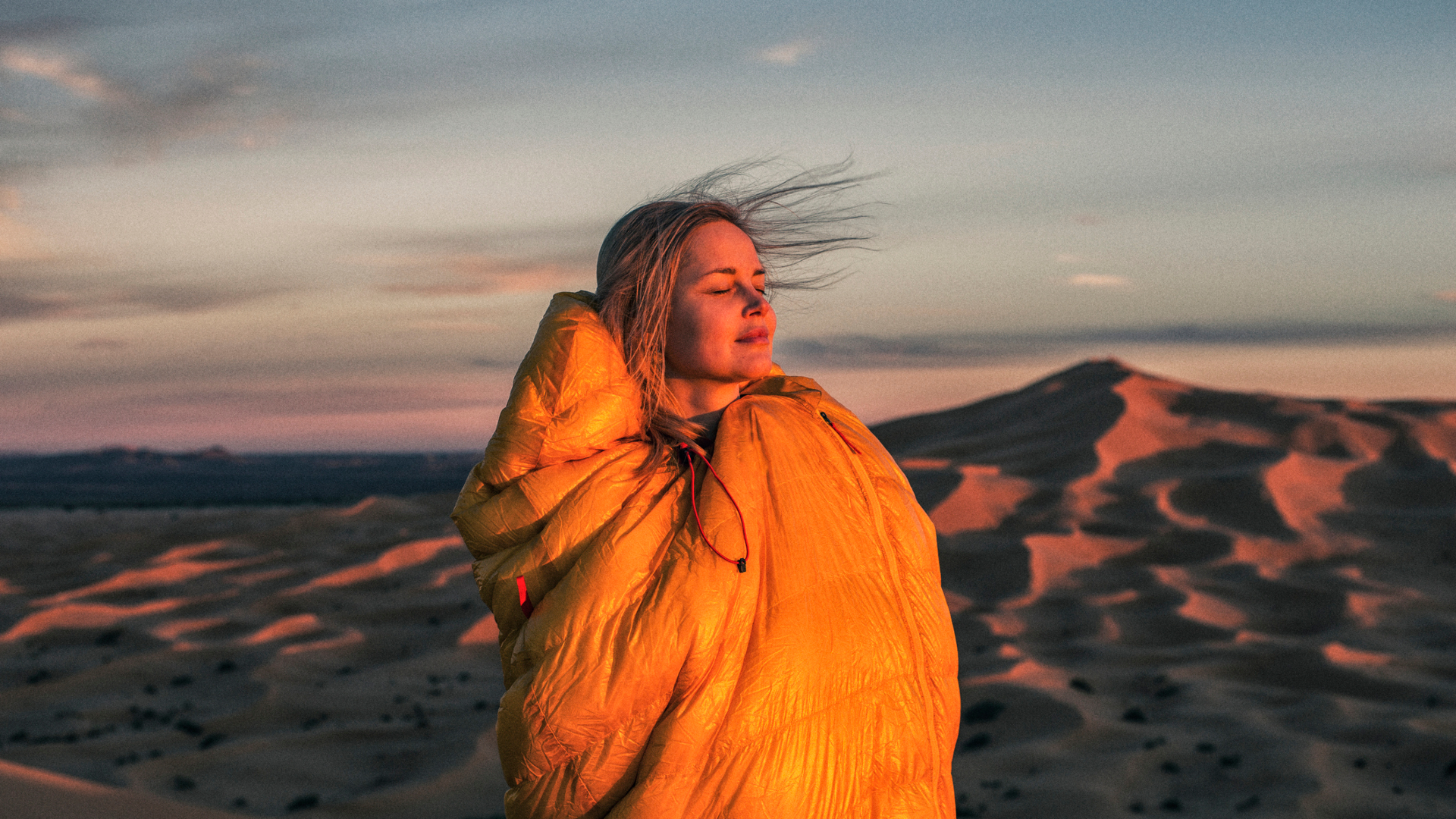
Despite its clear importance in the world of sleeping outdoors, there are actually times when you might want to sacrifice the convenience of a traditional sleeping bag for something that better suits your needs, for example:
- Camping in hot weather when a sleeping bag may be too warm.
- Thru-hiking or ultralight backpacking where you’re trying to cut down on weight and bulk in your backpack.
- If you’re a side sleeper or just find that you need to sprawl out more than a zipped bag allows.
- Camping on a budget – a good sleeping bag usually comes with a hefty price tag and you might not be looking to splurge.
What can I use instead of a sleeping bag?
If your sleeping bag just isn’t working for you, you might want to do a little research on the different types of sleeping bag to find out if there’s a shape that’s better for your sleeping style. If you’re an avid camper, you also might need to invest in a couple of different sleeping bags to account for different seasons and temperatures – for example, your 3 -season sleeping bag might be brilliant in the colder off season months, but too warm for summer, so perhaps you need a 2-season bag.

It’s also possible that you might just need a different approach altogether. If that sounds like you, check out these five sleeping bag alternatives:
1. Camping quilt
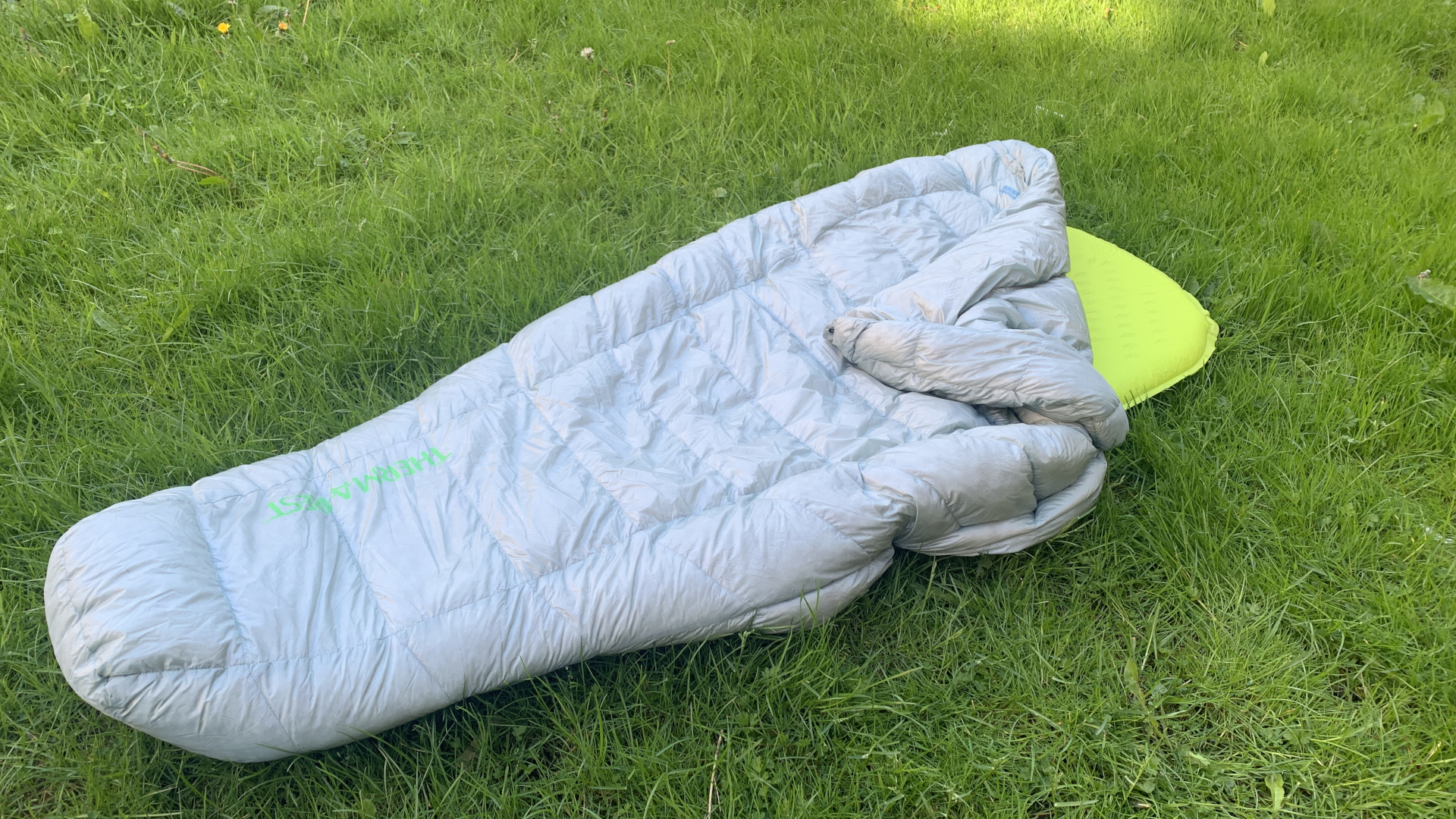
For ultralight camping where you still want the good insulating properties of a down or synthetic sleeping bag but can afford to lose a little warmth, a camping quilt is easily your best choice. A camping quilt is essentially half of a sleeping bag, made using the materials and construction but without the zipper and the layer that goes underneath you. More than just a blanket, however, a camping quilt has a foot box to keep your toes warm and straps that go around your sleeping pad to cocoon you and keep it in place. Since your sleeping pad provides insulation and protection against the cold ground, you’ll find this provides ample protection even in fairly cold temperatures and gives you a bit more freedom in your sleeping positions too. However, good camping quilts are priced right up there with good sleeping bags, so don’t necessarily expect to save money with this option.
2. Camping blanket

Next up, if it’s going to be mild or warm overnight, or if you’re car camping, you could go old school and use a camping blanket. They might be low tech, but they’re what campers and soldiers used before the advent of the sleeping bag and they’re a viable option. Camping blankets are simple blankets that come in a range of fabrics, some of which pack down relatively small. Our list of the best camping blankets includes super cozy and comfy fleece and quilted options, while wool blankets will offer the most insulating power on chilly nights, even if they get damp. Blankets can be bulkier and heavier than high tech sleeping bags, and for cold weather you’ll want more than one, but they are generally really affordable and they’re also versatile and can be used as a shawl, picnic blanket or rolled up into a camping pillow.
3. Sleeping bag liner
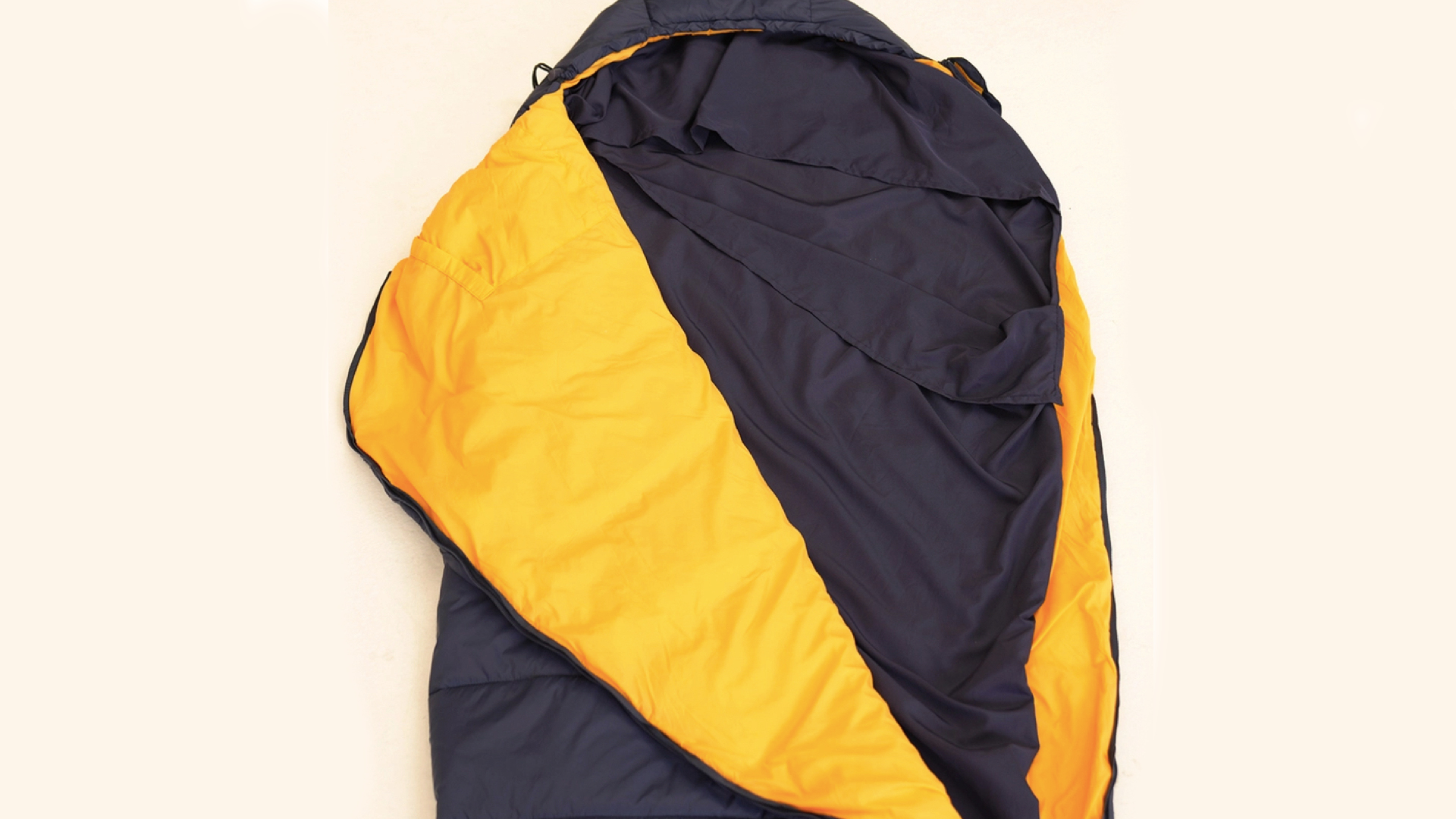
You might think of a sleeping bag liner as something that you use for cleanliness rather than an actual alternative to a sleeping bag, but in fact, under the right conditions it can make a worthy contender in the arena of sleep systems. While the lighter models on our list of the best sleeping bag liners will only do on warm nights, there are fleece options which will provide some warmth on cool nights and some are amazingly light and packable compared to a sleeping bag. They’re also significantly cheaper than a sleeping bag and can add insulation to your bag in the winter. On the down side, a sleeping bag liner doesn’t provide any cushioning so you may want a thicker pad beneath you, or use an air mattress or a camping cot.
Advnture Newsletter
All the latest inspiration, tips and guides to help you plan your next Advnture!
4. Extra clothing
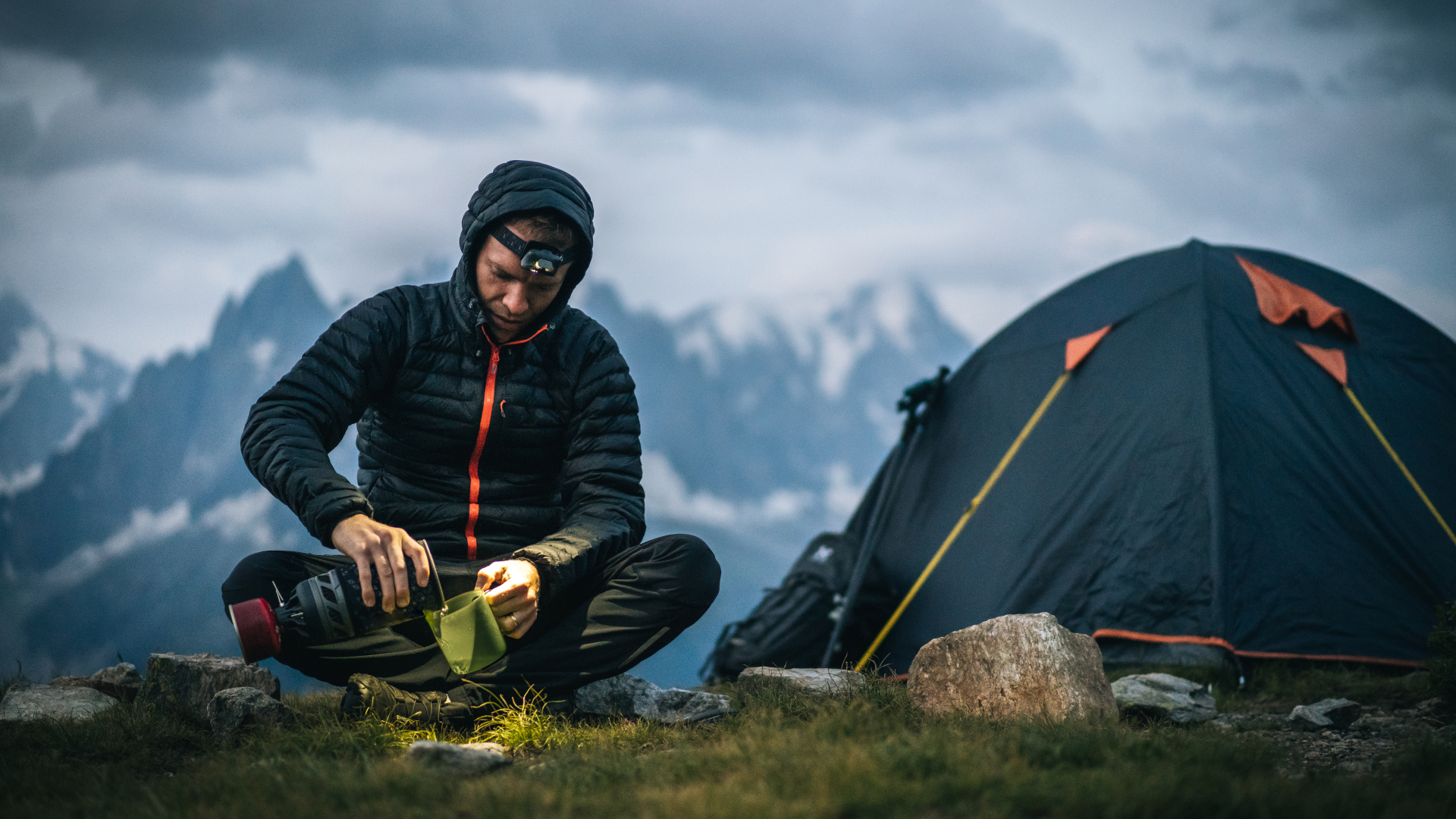
If you’re already bringing extra clothing for hanging out after the sun goes down, you might have enough insulating power to leave your sleeping bag at home. Wrapping up in a down jacket over a long sleeved wool base layer and wearing thermal underwear underneath your insulated trousers, combined with a hat, your best hiking gloves and good wool socks might provide ample warmth if it’s not too cold out. This option definitely isn’t as cozy as being wrapped up in something, but it’s cheap and low maintenance. Of course, if you end up just packing loads of extra clothes, you might be better off carrying an actual blanket or bag.
5. Comforter
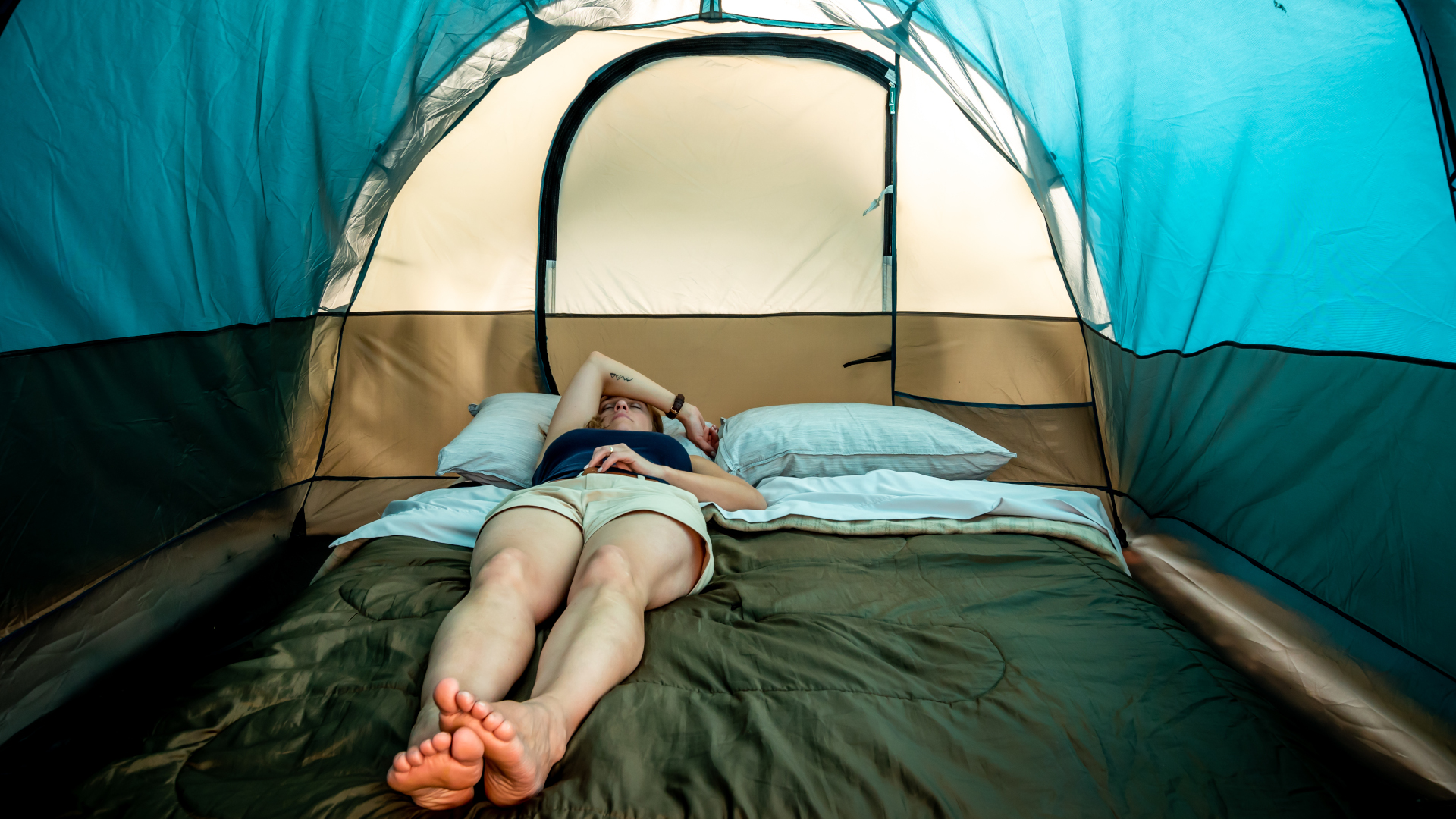
Finally, if you’re car camping, why not just bring your comforter from home? In fact, go wild and pack your pillow too. There’s nothing to say you can’t prioritize comfort when you’re car camping, and having expensive gear doesn’t add much when you’re driving right up to your campsite anyway. If it’s chilly, your winter comforter will provide good warmth while a larger one can be wrapped around you, and this is definitely a cozy option. Of course, it’s too bulky and heavy for backpacking, and camping gear does have a tendency to get dirty, so consider buying a cover for it that’s only for camping, or be prepared to have some laundry to do when you get home.
A word of warning
Most of these options aren’t as good as a classic sleeping bag for very cold temperatures, and if you’re unsure of the conditions where you’re heading, you're camping at high altitude, or you’re new to camping, we do recommend you carry a back up emergency blanket – this won’t serve as a replacement for a sleeping bag, but can help prevent hypothermia in a pinch.
Julia Clarke is a staff writer for Advnture.com and the author of the book Restorative Yoga for Beginners. She loves to explore mountains on foot, bike, skis and belay and then recover on the the yoga mat. Julia graduated with a degree in journalism in 2004 and spent eight years working as a radio presenter in Kansas City, Vermont, Boston and New York City before discovering the joys of the Rocky Mountains. She then detoured west to Colorado and enjoyed 11 years teaching yoga in Vail before returning to her hometown of Glasgow, Scotland in 2020 to focus on family and writing.

